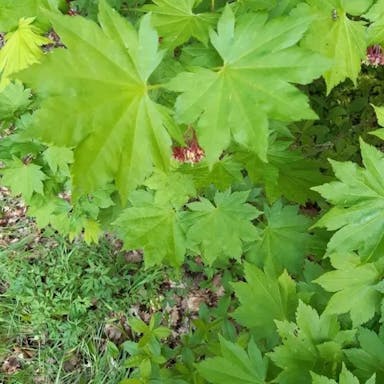White silk cottontree, also known as Ceiba pentandra, is a large tropical tree that belongs to the family Malvaceae. It is native to tropical regions of the Americas, including Central and South America, the Caribbean. This towering tree has a greyish-brown bark and large protruding roots at the base. The flowers bloom in bunches, usually white or cream colored with five petals. They have a pleasant scent and attract bees, butterflies. The tree produces big, wooden seed pods up to 30 cm long, containing numerous seeds wrapped in fluffy cotton-like fibers used for crafts. Deciduous, it sheds leaves annually, preferring full sun and well-drained terrain but tolerating various soils. Relatively easy to cultivate, it is commonly planted decoratively in tropical gardens, parks. Some revere it as sacred, associate it with fertility, protection. Overall a majestic tree with beautiful blooms and unique seed pods, a valuable tropical addition.
0
0












